Optimise your retail store designs, layouts and floor plans
Access our accurate retail space planning services to manage & optimise the layout and floor space in your stores..
Retail planning & space optimisation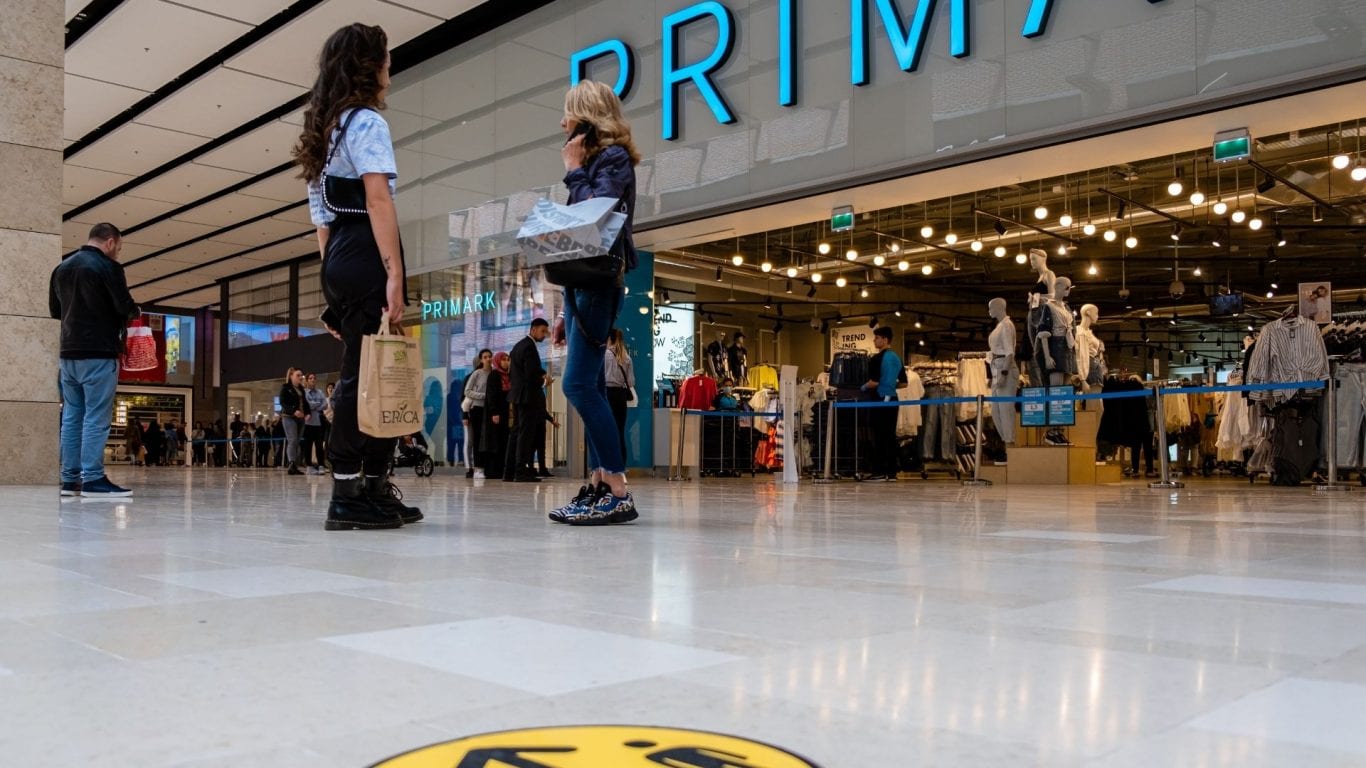
Social distancing rules are forcing retailers to fundamentally reassess their store layouts and review how they operate. The changes are impacting all aspects of the retail business from the customer experience covering store layout designs and customer flow, product range and location, signage and the checkout process. As well as the back of house store operations, supply chain, logistics and the increasingly important integration of the online presence.
The British Retail Consortium has provided retailers with guidelines on how to implement social distancing measures for staff and customers. However, it will be up to the individual retailer to decide how best to execute these recommendations, as lessons learned from reopening evolve. While also considering whether these store change measures are a short-term fix or the ‘new norm’.
‘Bricks and Mortar’ stores will continue to play a significant part in Retail’s recovery post lockdown working in tandem with their digital channels. With customers spending more time online, retailers must listen and be responsive to customer feedback and reviews on the physical store experience and availability of products. Those who do and can turn this information into delivering targeted and creatively personalised offers will entice customers back into store. If customers have a pleasurable experience and feel safe, their dwell time will grow from a quick ‘Click and Collect’ to a longer ‘Browse and Buy’. And positive word of mouth will result in increased footfall and spend.
However, to create this pleasurable experience, retailers will have to review how their stores fundamentally operate. This includes customer access and egress, numbers of people instore, colleague presence on the sales floor, customer and product flow, range and availability of products, stock replenishment, store opening times, signage, safety & hygiene, payment methods, online presence and much more…
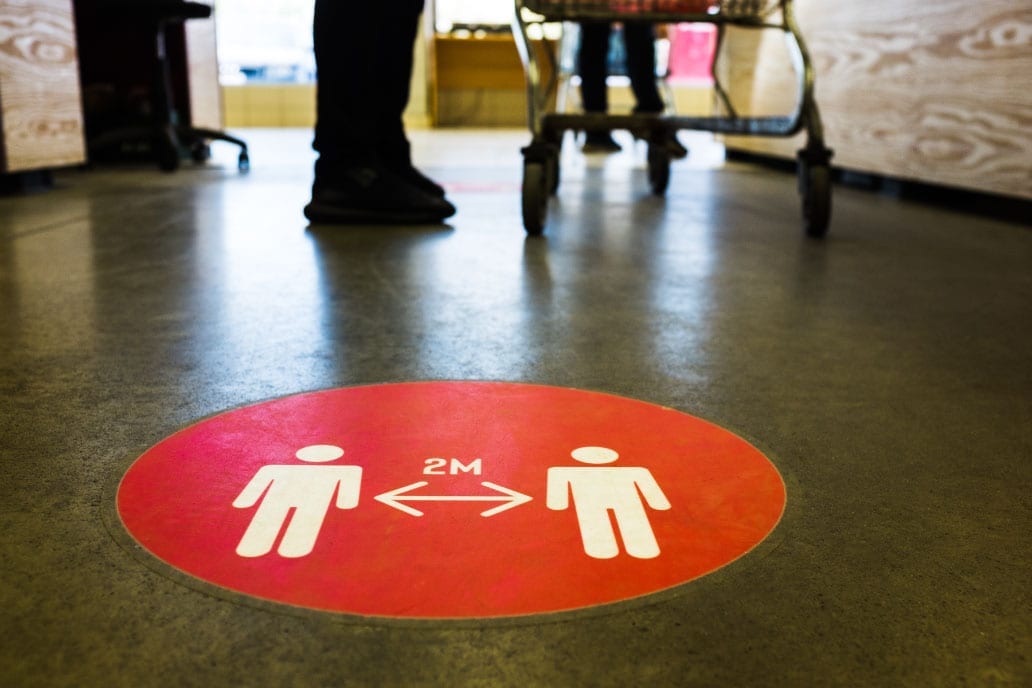
Store communications and easy to understand signage will need to be regularly updated to educate and guide customers, as shopping habits and missions change. This has resulted in a resurgence of vinyl floor stickers and banners used to communicate information to customers and colleagues.
Introducing one-way layout systems and forcing customer flow through the store will be a solution many retailers adopt, as a short-term fix. But balancing effective people management which is straightforward for customers to understand and abide by while creating a pleasurable experience won’t be easy.
But be sure if customers don’t feel safe and protected, they will simply shop elsewhere, whether that’s on the high street or online.
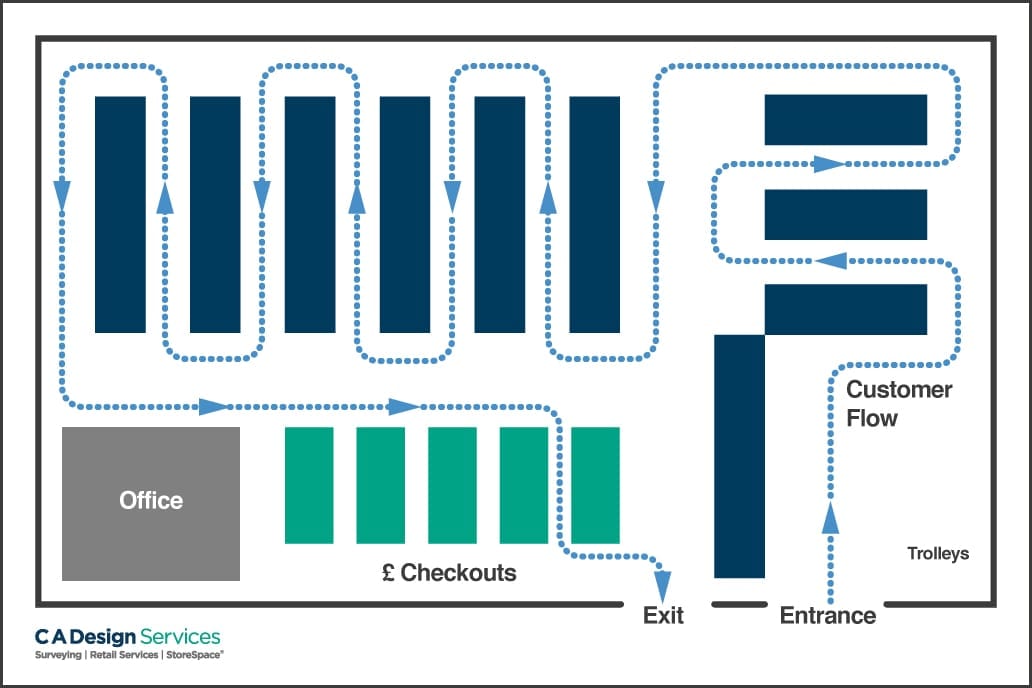
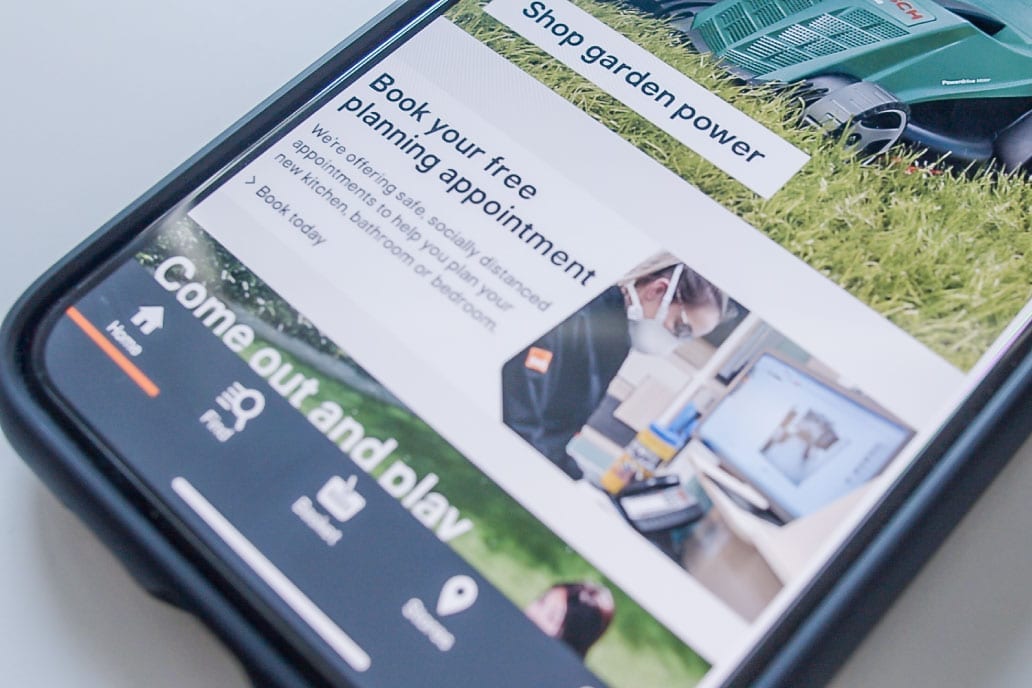
ASDA, B&Q and Toolstation are using a phone app enabling customers to book time slots, get updates on store queue lengths and confirm when it’s their turn to shop. Alleviating customer frustration with long waiting times, delivers a much better customer experience. While mobile phone apps are also being used to confirm product availability and their location in store, creating a faster, smoother shopping experience while also supporting the need for social distancing in store.
Contactless payment methods will undoubtedly increase together with perspex safety barriers at the checkouts creating a quick transaction experience with minimal contact. Prior to the pandemic Asda was trialling a Scan & Go Mobile app enabling customers to shop and pay via their mobile phone while instore. This has now been rolled out across the supermarket’s 581 stores supporting a smoother checkout experience.
“The accelerated roll out of Scan & Go Mobile provides another option when shopping in all of our stores that is contact free, to bring added peace of mind during these uncertain times”
Louise Bagshaw, Senior Director of Retail and Front End Innovation ASDA
Smaller convenience stores are also embracing new payment technology to increase customer trust and retain loyalty.
Reducing product range in stores may be considered to assist in minimising dwell times and aiding availability and replenishment, particularly for more exotic and imported items. Although this isn’t particularly new as many Grocery Retailers were already reviewing the size of their instore ranges to challenge the discounters, as Tescos tried in 2018 with its Jack’s brand to compete with the discounters.
Online grocery sales now account for over 10% of the market with many customers pressed to shop online during the lockdown, particularly the older and more vulnerable customer groups. It is unlikely that all those who have overcome previous distrust and have subsequently enjoyed the convenience will switch back once the lockdown restrictions are eased.
Although supermarkets have conceded that the rate of online growth is not sustainable without developing the right infrastructure. Van capacity, delivery slots and colleagues allocated to picking and preparing orders all need to be increased if customer demand is to be met. Some have already begun to build “dark stores” to service the increasing demand across the country, which will continue.
“The online grocery market is now forecast to grow 25.5% in 2020 – significantly ahead of the 8.5% previously anticipated,” Brereton said. “On top of the initial increase in volume demand (about 30% in April), a continued reluctance to venture to stores for the rest of the year will bolster online market growth over a longer period than in store.”
Thomas Brereton – analyst at research firm GlobalData
Source: The Guardian
Get access to flexible space planning experts who work with retail planners worldwide.
Retail Space PlanningRetailers, large and small, have sought to partner with delivery services such as Ocado, Deliveroo and Just Eat for the last mile ‘store to door’. Booths is working with Deliveroo to offer home delivery for the first time, with 300 products available for purchase via the app and delivered in under 30 minutes. Deliveroo has also enabled Marks & Spencer and Aldi to offer online grocery delivery for the first time, with both retailers expanding their initial partnerships due to its popularity.
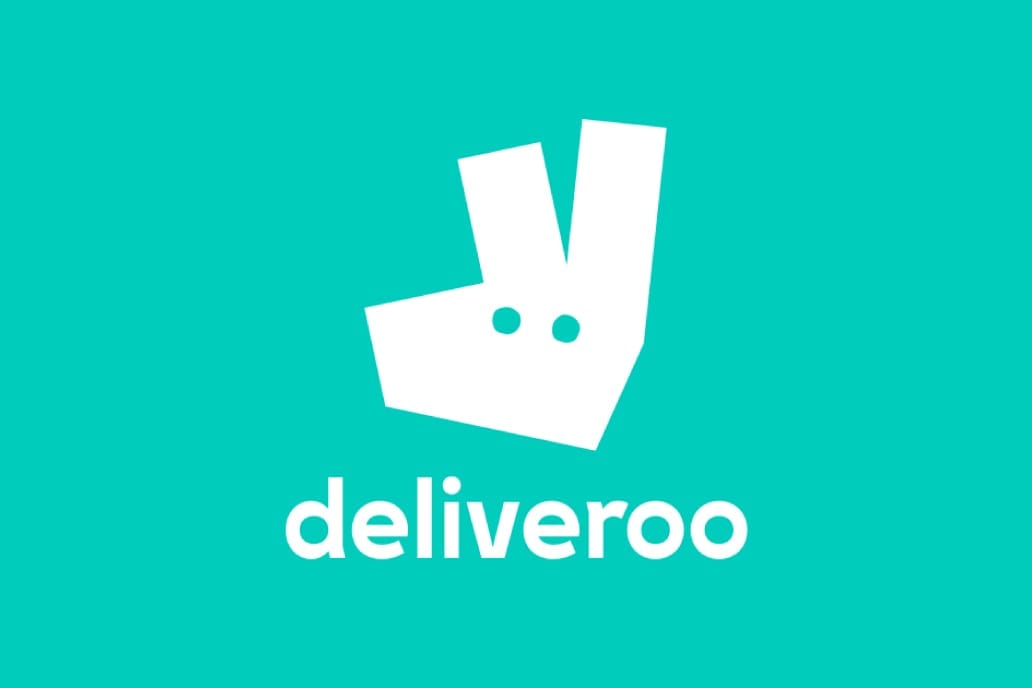
New digital technologies are also being used instore. Prior to the pandemic Adidas’ London flagship store (Adidas LDN) on Oxford St was fitted with multiple digital touchpoints and included customer tracking and interactive digital screens within the fitting rooms.
While new body scanning software can enable customers to virtually try on clothing and accessories in the comfort of their own home. Potentially increasing online sales, reducing returns and creating additional selling opportunities with recommended complementary items. Asos’ has an Augmented Reality feature on its app, called ‘Virtual Catwalk’ which is being trialled across 100 of its Design Products. In addition, John Lewis is exploring a Virtual Reality experience called ‘Visualise Your Space’ enabling customers to visualise how products will look in their home, prior to purchase.
Overall, retail has and will continue to operate in the current dynamic and challenging environment. The only constant in Retail is change, and this will always be the catalyst for innovation and opportunity. The months ahead will show which retailers have successfully navigated the changing landscape, addressing customer needs and embracing “the new norm”. Hopefully, it will be the many rather than the few who adapt quickly to increase customer confidence and trust in the high street, once again.
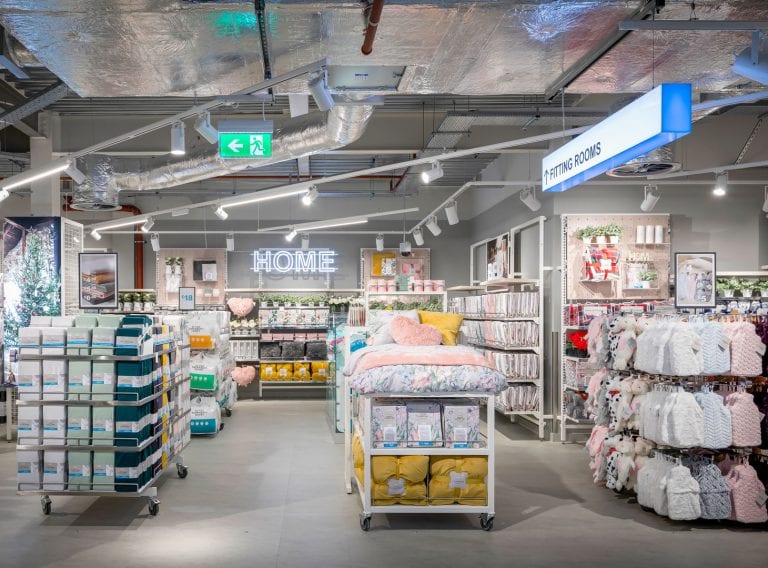
Access our accurate retail space planning services to manage & optimise the layout and floor space in your stores..
Retail planning & space optimisation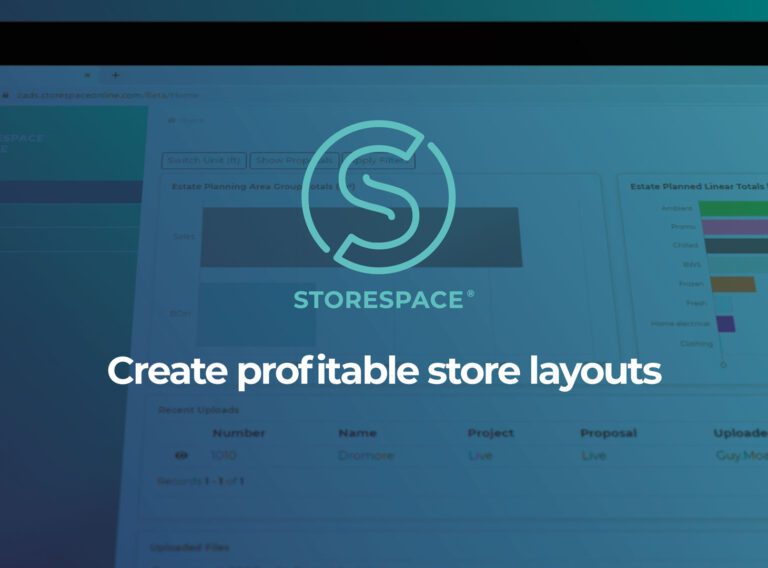
StoreSpace® is the intuitive AutoCAD-based retail space planning software that will enable you to improve the profitability of your stores.
Retail planning software